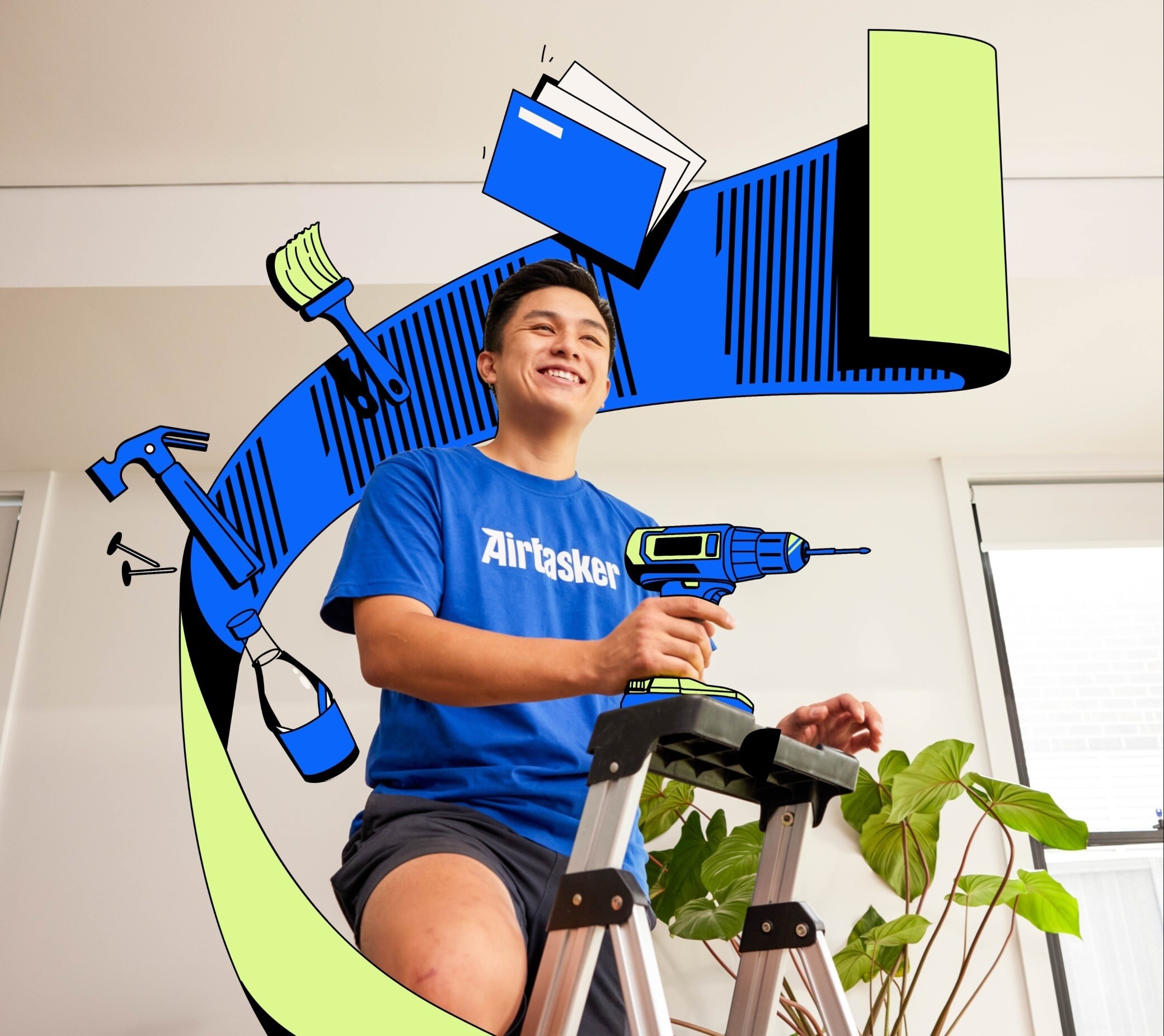
- Home/
- Comparisons/
- Personal Assistant/
- Personal Assistant vs Virtual Assistant
Personal assistant vs virtual assistant: How do they differ?
Comparing personal and virtual assistants based on working hours, work scope, and more
Last Updated on

Written by Daniel H.
Contributor
Read more about our contributor
Key Facts
- A personal assistant is an in-person professional who provides hands-on administrative and personal support directly to individuals or businesses.
- A virtual assistant is a professional who offers digital administrative and specialised services to clients from a distance.
You’re overloaded with tasks and ready to hire help, but then you start to wonder about the support you really need. Having an assistant can streamline your day and improve your productivity, so you have to choose carefully.
This guide will discuss personal assistants vs virtual assistants, highlighting their key differences to help you determine which professional is best for your needs.
What is a personal assistant?
 Professional meeting between a personal assistant and executive in an office (Source: iStock)
Professional meeting between a personal assistant and executive in an office (Source: iStock)
A personal assistant (PA) provides hands-on support to businesses or individuals. They handle administrative tasks and may assist with errands. PAs work directly with their employer, usually full-time.
What is a virtual assistant?
 Remote virtual assistant providing professional support online (Source: iStock)
Remote virtual assistant providing professional support online (Source: iStock)
A virtual assistant (VA) provides various services, all from their own workspace. One of the key benefits of a virtual assistant is flexibility. This means they can be hired on a task or hourly basis.
Virtual assistant vs personal assistant: Which one is right for you?
If you’re stuck between hiring a virtual assistant or a personal assistant, here are the factors that will help you decide which option suits you best.
In terms of working hours
Personal assistants usually work fixed hours, either full-time or part-time, based on an agreed schedule. They’re present during regular business hours to address tasks like scheduling appointments or responding to urgent needs. Since they’re on-site, they can quickly handle any last-minute requests during their working hours.
In contrast, virtual assistants often have more flexible, task-based hours. They work remotely and may juggle multiple clients, so their schedules can vary. VAs focus on deadlines rather than being continuously available, which means tasks may not be handled instantly but completed based on prior agreements.
In terms of work scope
 Virtual assistant managing online profiles from a professional workspace (Source: iStock)
Virtual assistant managing online profiles from a professional workspace (Source: iStock)
Personal assistants manage daily errands and administrative support, such as scheduling appointments or document filing. They’re also involved in organising meetings, delivering documents, and running errands like booking travel or handling household logistics. Because they work closely with their employer, PAs offer a blend of administrative duties and personal support.
On the other hand, virtual assistants focus on remote, digital tasks. Their role typically includes email marketing, social media management, and other business-related activities like research and data entry. Basically, they specialise in tasks that don’t require them to be with their employers. They may even have niche skills such as graphic design and digital marketing.
In terms of communication
 Personal assistant providing administrative support during a planning session (Source: iStock)
Personal assistant providing administrative support during a planning session (Source: iStock)
Personal assistants communicate mostly through face-to-face and real-time conversations. They provide immediate feedback, so it’s easy to assign tasks or get updates quickly. They’re also available for spontaneous discussions throughout the workday, which makes them great for environments where immediate responses are prioritised.
Meanwhile, virtual assistants rely on remote, technology-based communication through tools like email, video calls, or messaging platforms like Slack. This means they’ll sometimes communicate with you asynchronously. You may also not get instant replies, but rather updates based on deadlines or agreed-upon schedules only.
In terms of hiring cost
PAs typically come with higher costs due to their full-time employment. Salaries for PAs range from $23 to $65 per hour, depending on their level of experience and responsibilities.
Employers often provide benefits like health insurance, paid leave, and other perks along with salary, which adds to the overall expense. Since PAs are generally hired on a long-term basis, a consistent financial commitment over time is also required.
VAs are usually more cost-effective, with a flexible pricing model based on hourly rates or specific projects. The cost can range from $15 to $200 per hour, depending on the services needed.
Since VAs are independent contractors, businesses avoid paying for benefits, taxes, or office space. They only cover the cost of the actual tasks completed. This short-term or project-based commitment makes VAs an affordable option for those needing on-demand support.
Need help? Find a personal or virtual assistant on Airtasker!
If you’re still unsure whether a personal assistant or virtual assistant is the right fit, don’t stress. The key is finding the type of support that matches your work style and needs.
Whether you need someone on-site for daily tasks or remote help managing your inbox, Airtasker makes it easy to find the right professional for the job. Just post a task and connect with experienced assistants who can help you focus on what matters most.
Learn more about our contributors

Written by Daniel H.
Contributor
Daniel is an experienced writer specialising in topics like construction and renovation, home improvement, DIY projects, and more. When not writing, Daniel enjoys playing online games, discovering new music, and exploring pop culture, which adds a creative spark to his work.
Personal assistant vs virtual assistant
| Personal Assistant |
Virtual Assistant |
|
|---|---|---|
Working Hours |
Typically works full-time or part-time with set hours |
Offers flexible, task-based hours; often working for multiple clients |
Work Scope |
Manages both personal and professional tasks, including errands and appointments |
Focuses on digital tasks, like email management, social media, and online research |
Communication |
Engages in face-to-face interactions and provides instant feedback |
Gives updates typically based on agreed-upon schedules |
Hiring Cost |
More expensive due to full-time employment and benefits, paid on a salary basis |
More cost-effective, with flexible pricing based on hourly or project-based rates |
FAQs on personal and virtual assistants
Not always. Many people start with one based on their immediate needs—a personal assistant for in-person support or a virtual assistant for remote, flexible help. Some combine both roles as their workload grows.
Virtual assistants are especially valuable in industries where administrative work can be handled remotely, such as real estate, e-commerce, digital marketing, and professional services. They help free up time for core business tasks.
Formal qualifications aren’t always necessary, but strong organisational skills, discretion, and adaptability are key. Many employers prioritise experience and proven reliability over certifications.
Find personal assistants, fast
Post a task
Related articles
Related price guides


